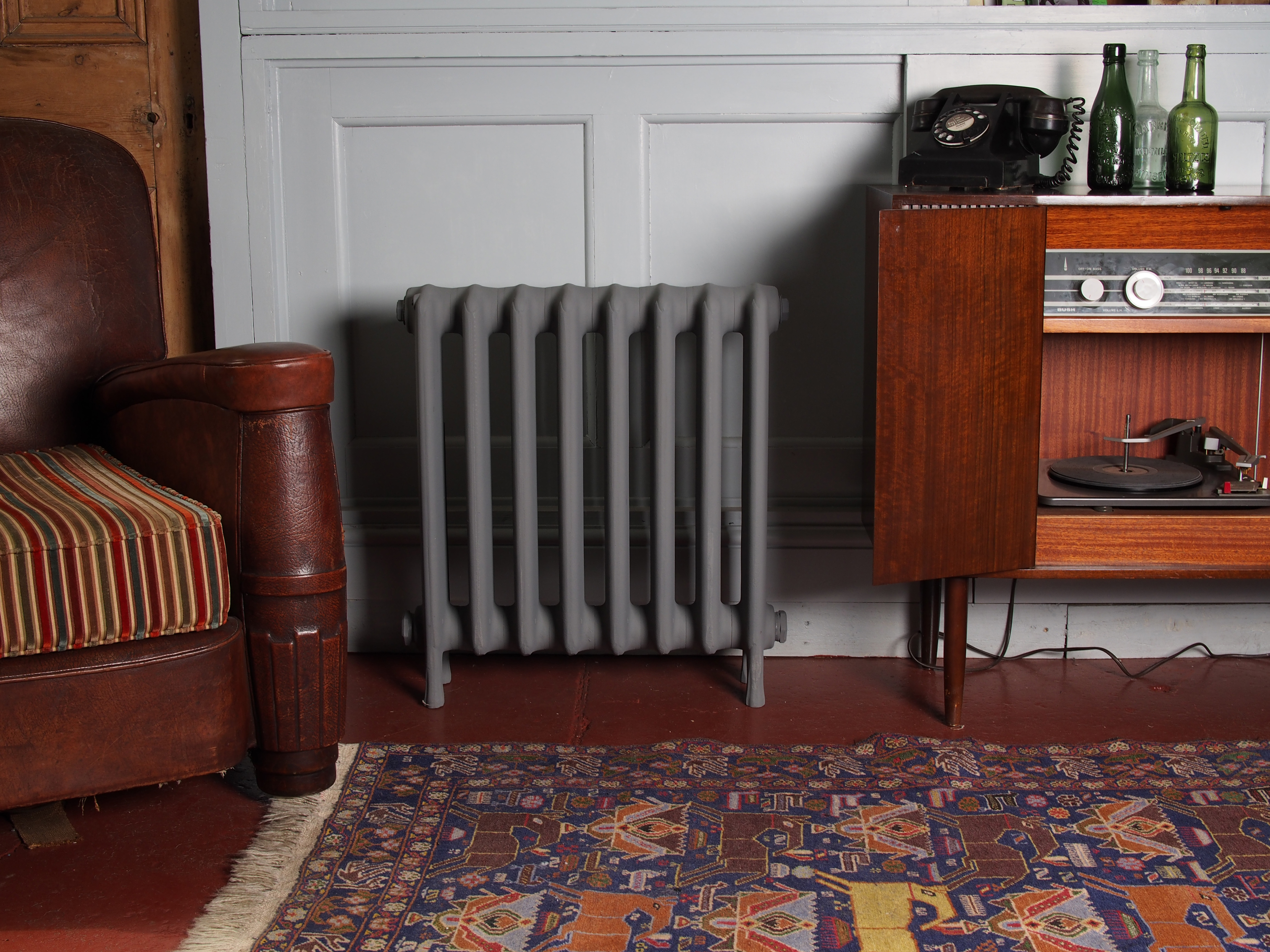

A radiator is a staple of almost every home, but when it comes to old homes, their installation should not be considered lightly.
While there are many advantages to owning a period home, their reputation for being cold and draughty is not one of them. Due to an inherent lack of insulation and small gaps in the structure, they don’t retain heat as well as modern airtight buildings.
Achieving the perfect temperature in an old house is a carefully calculated equilibrium of an efficient heating source, effective insulation and draught reduction measures, all the while ensuring the building can still breathe in order to stave off damp. Getting it right, with the best radiators too, will result in a home that is warm, cosy and cheaper to run.
Browse our heating hub for more information and advice.
1. Column radiators: pair modern technology with an older aesthetic for a sophisticated look
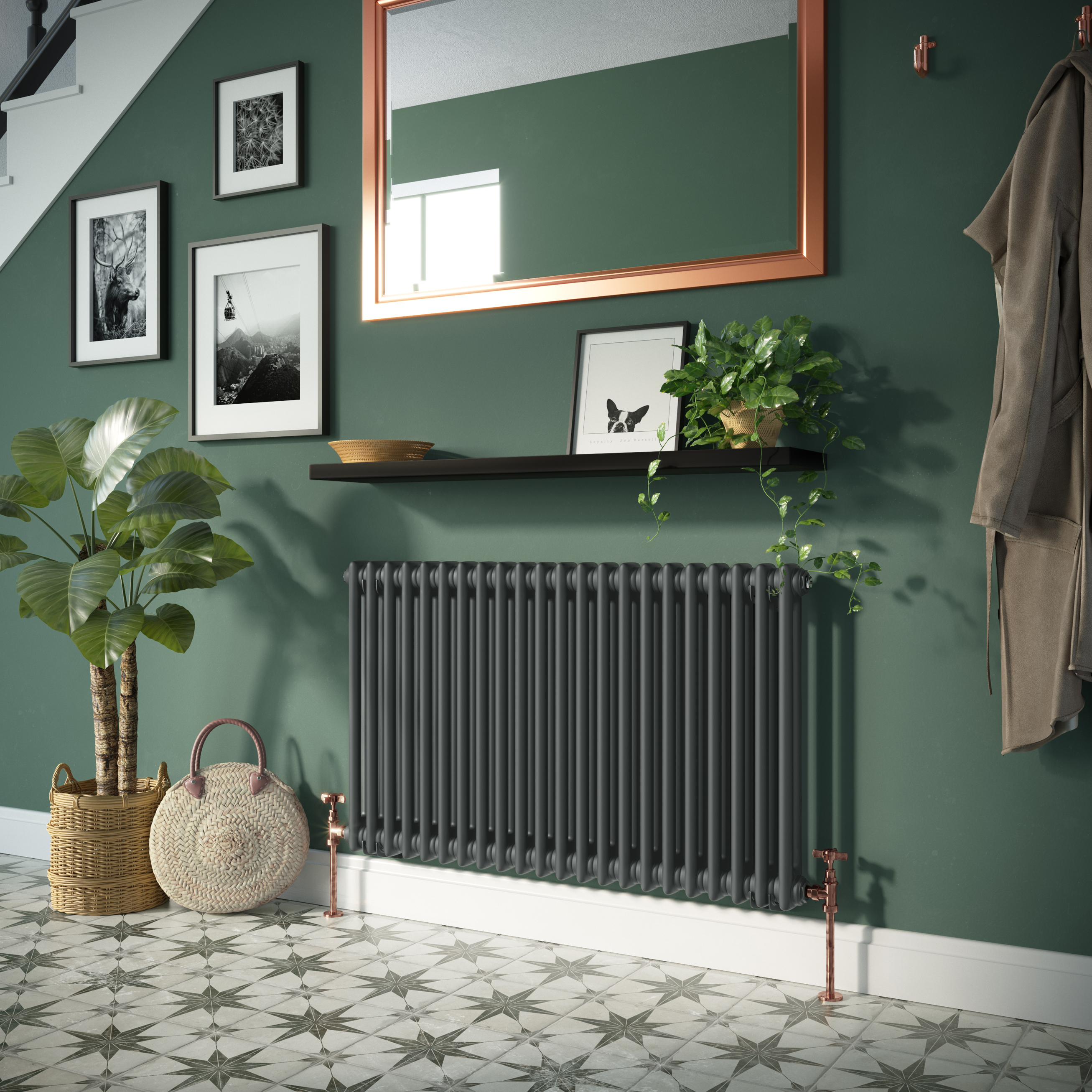
Although invented in the mid 1800s, it wasn’t until the end of the 19th century that radiators became commonplace in the home. Today, there are myriad designs and sizes. New column radiator models are designed to work much more efficiently than earlier designs. Often made from steel, they boast fast heating times and are easily controllable.
2. Cast iron radiators: celebrate the intricacy and authenticity with this classic look
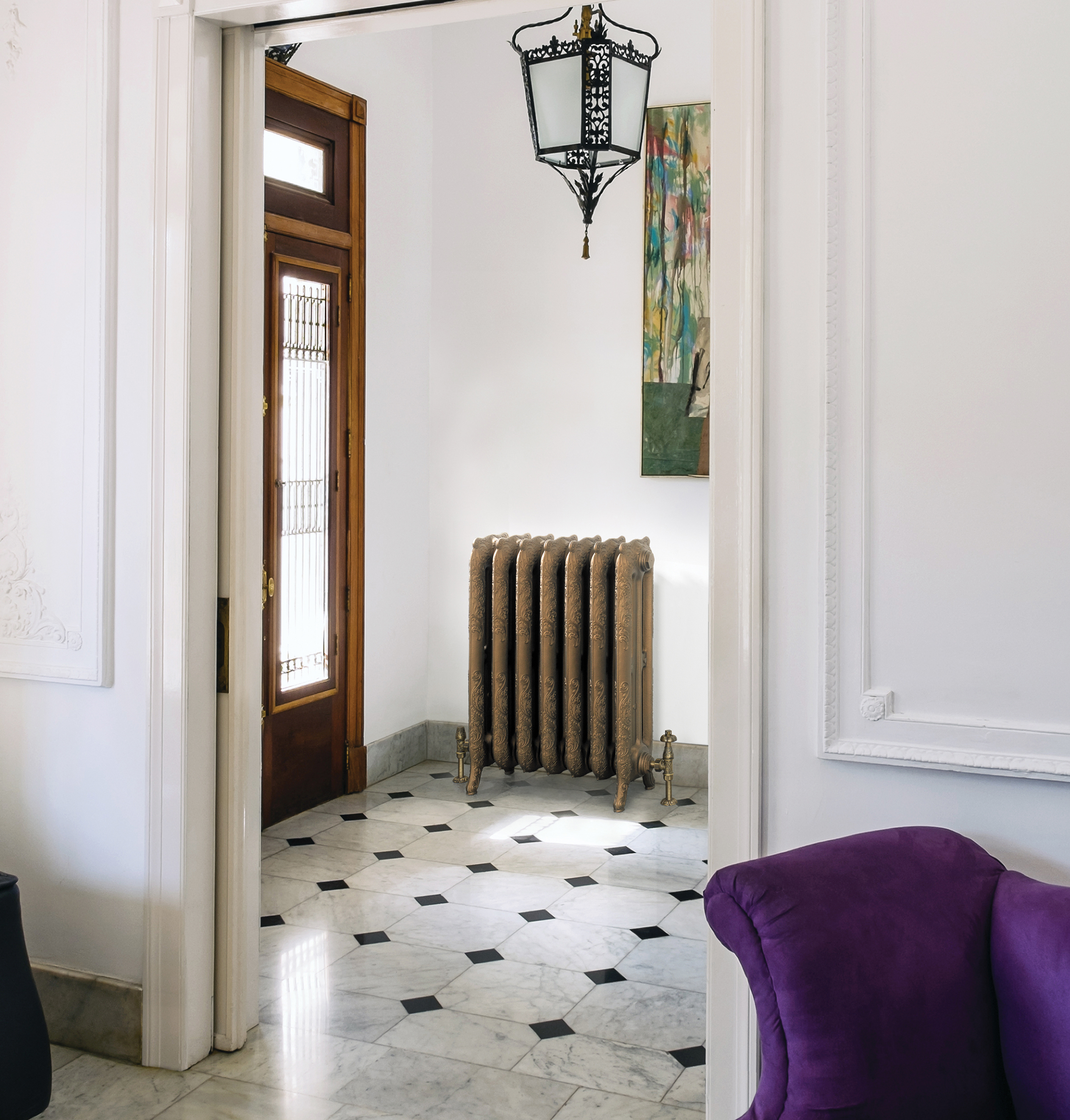
Traditional radiators, particularly those made from cast-iron, are still very desirable features, particularly in Victorian homes. While they can take a while to warm up, are heavy and less sensitive to control, they can retain heat for a long time, and so smaller cast-iron models often have the same heat output as larger aluminium or steel designs.
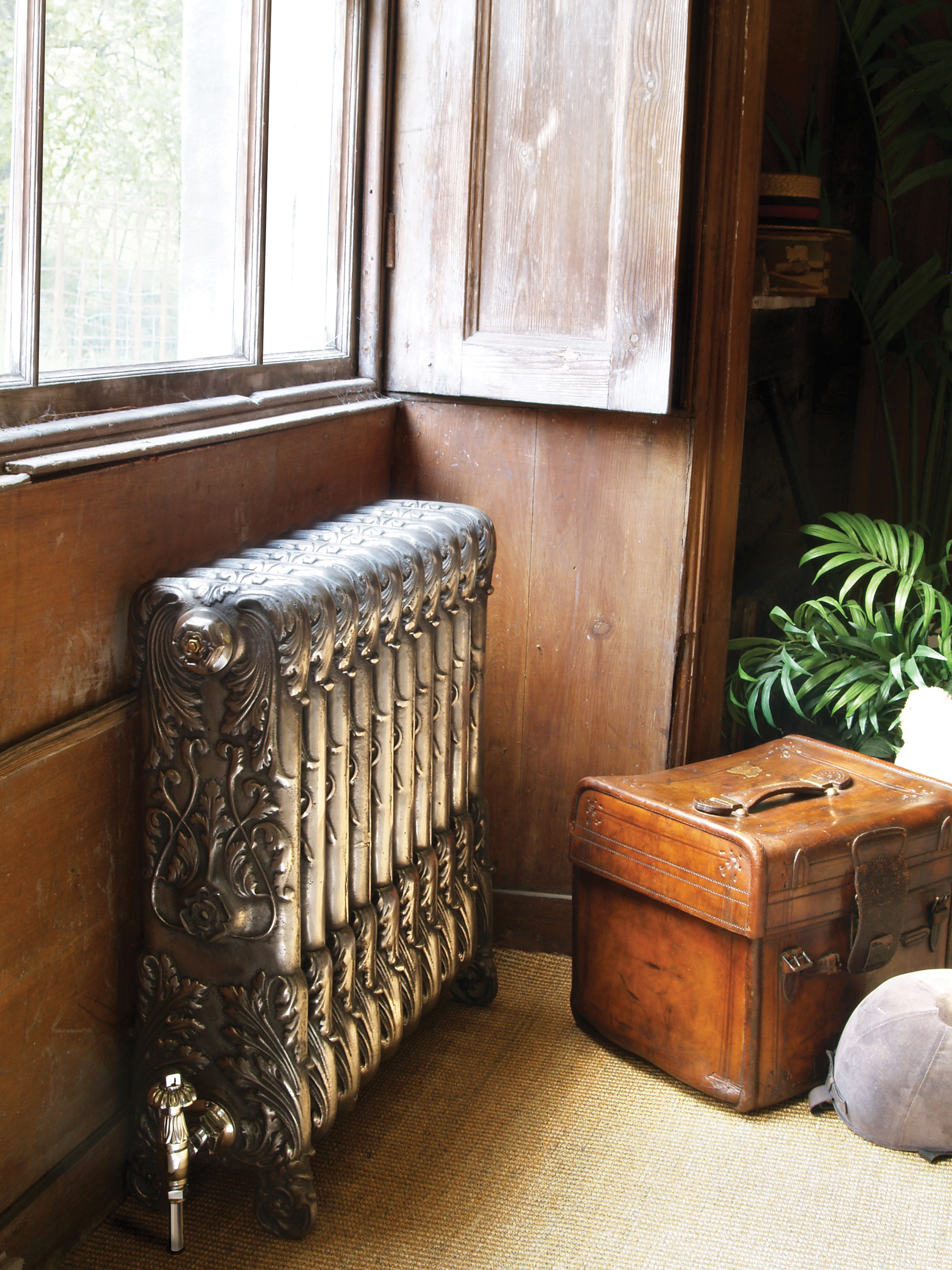
3. A towel radiator will make your bathroom even cosier
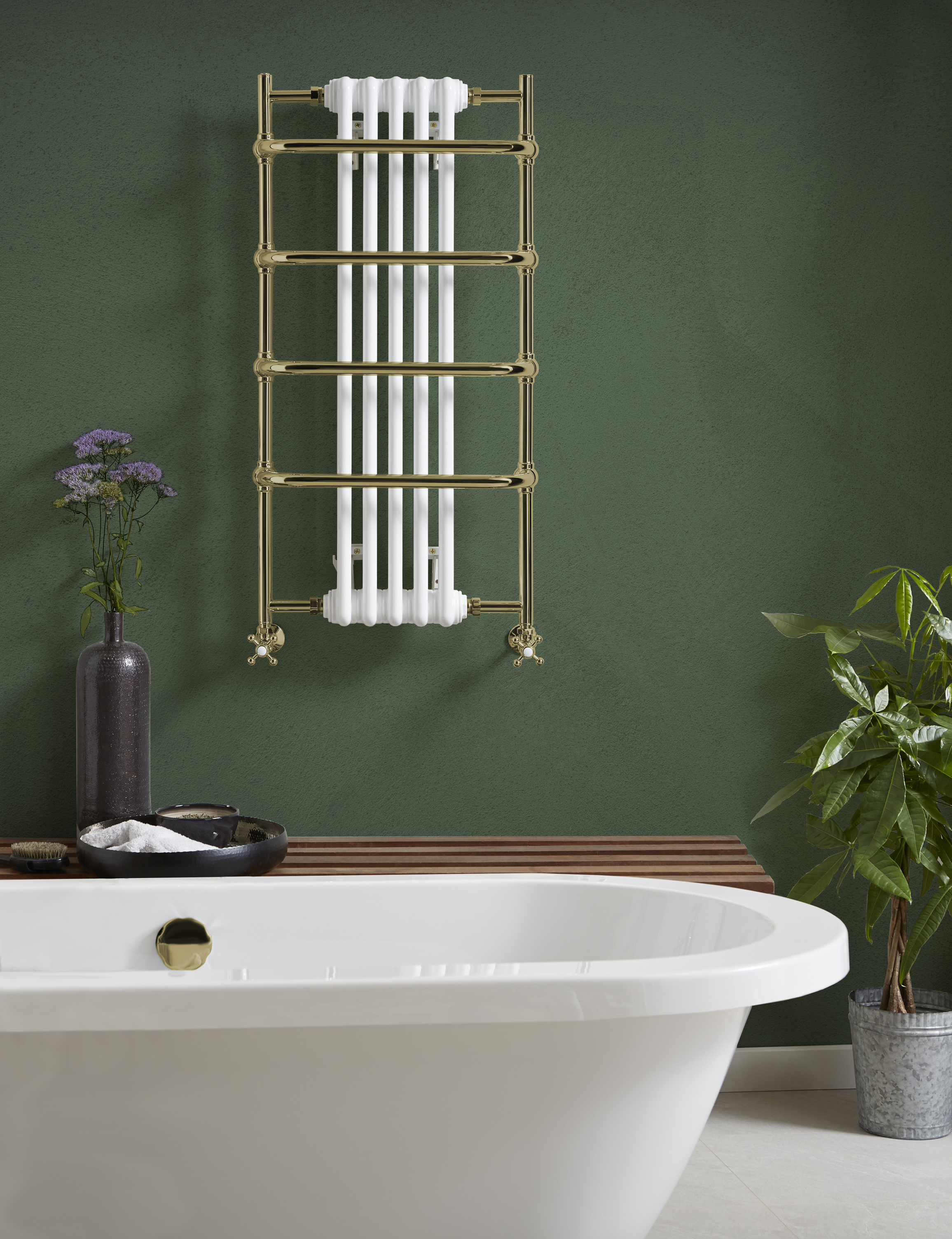
Drawing the eye upwards, a wall-hanging bathroom radiator like this tall regency towel warmer radiator from Vogue. With decorative columns, rather than a solid panel, makes the radiator a statement piece without overwhelming the room. It also doubles up as a towel-warmer, providing you with a cosy storage solution
4. Radiator covers are the best way to disguise inauthentic pieces
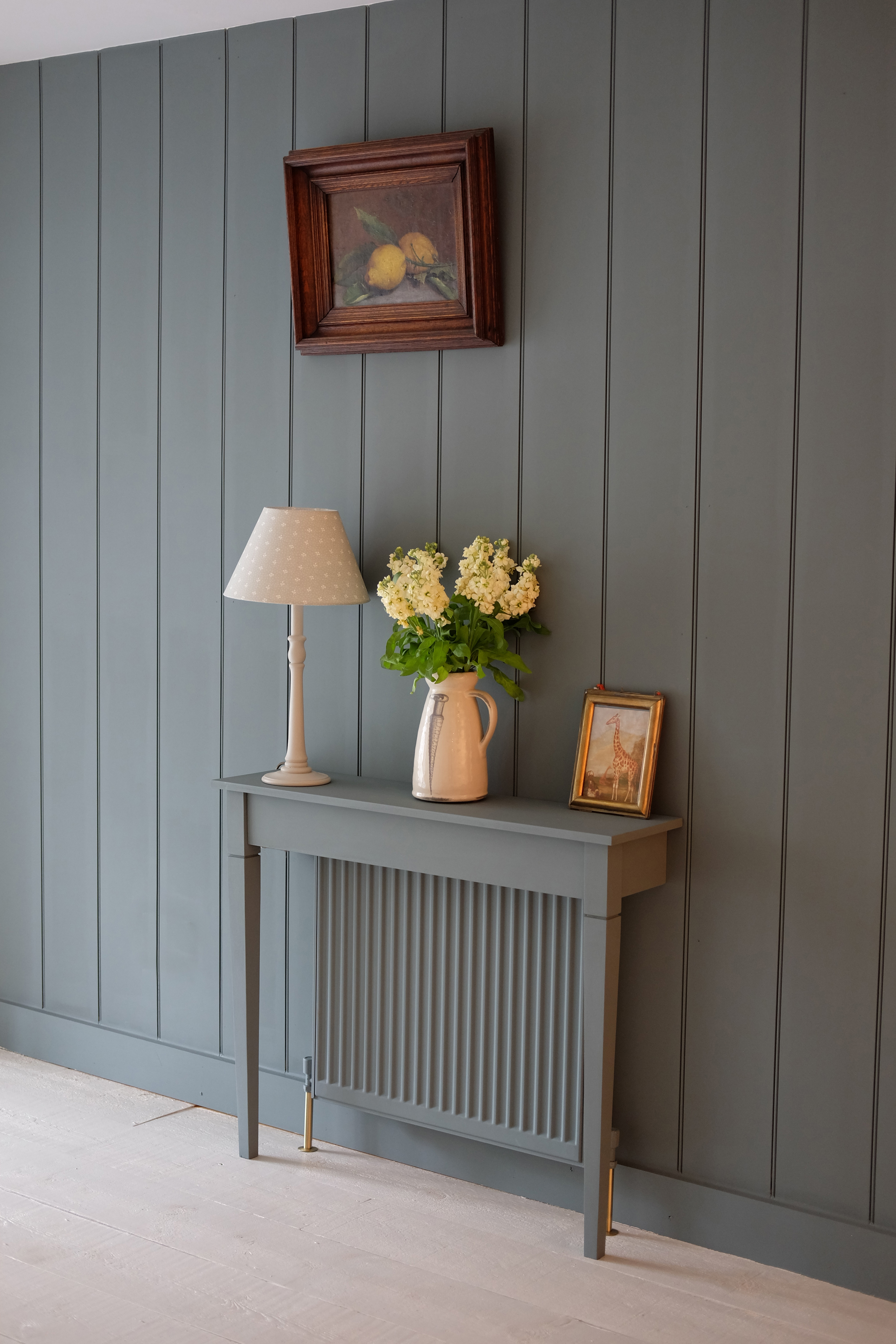
Alternatively, a radiator table is an elegant compromise. Scumble Goosie's Empire Radiator Table significantly reducing its visual impact of the radiator, by partially covering it, while still allowing the front of the radiator to be exposed, to maximise the heat benefits. It also provides a useful shelf - and no-one will turn down any extra storage.
Simple to install, all you need to do is screw through the rear rail, but since the table effectively "hooks" over the radiator you may even find that you do not need to fix it to the wall as the radiator itself keeps it in place.
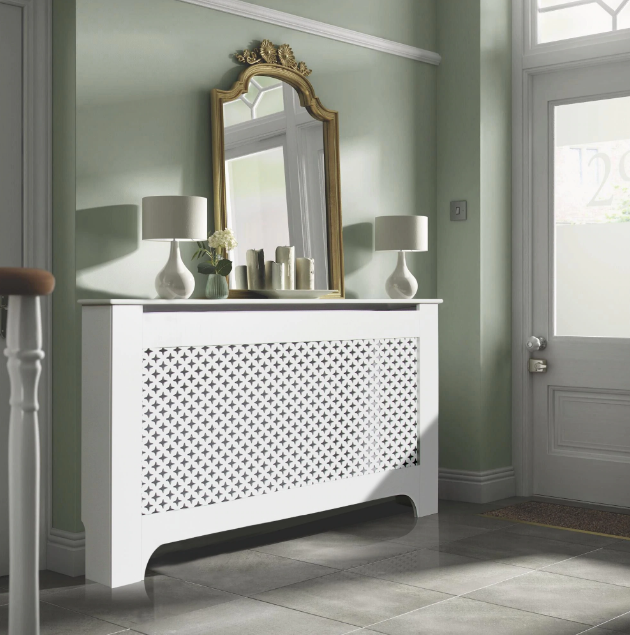
Or opt for a more traditional style which completely covers the radiator, providing a mantlepiece style shelf, perfect for displaying a mirror and table-lamps. If you have an old, worn-looking radiator but that still operates well, a radiator cover can be an affordable solution to prevent the radiator detracting from your interior design. The Richmond Large White Radiator cover costs £92 from B&Q.
5. Make a feature of your column radiators
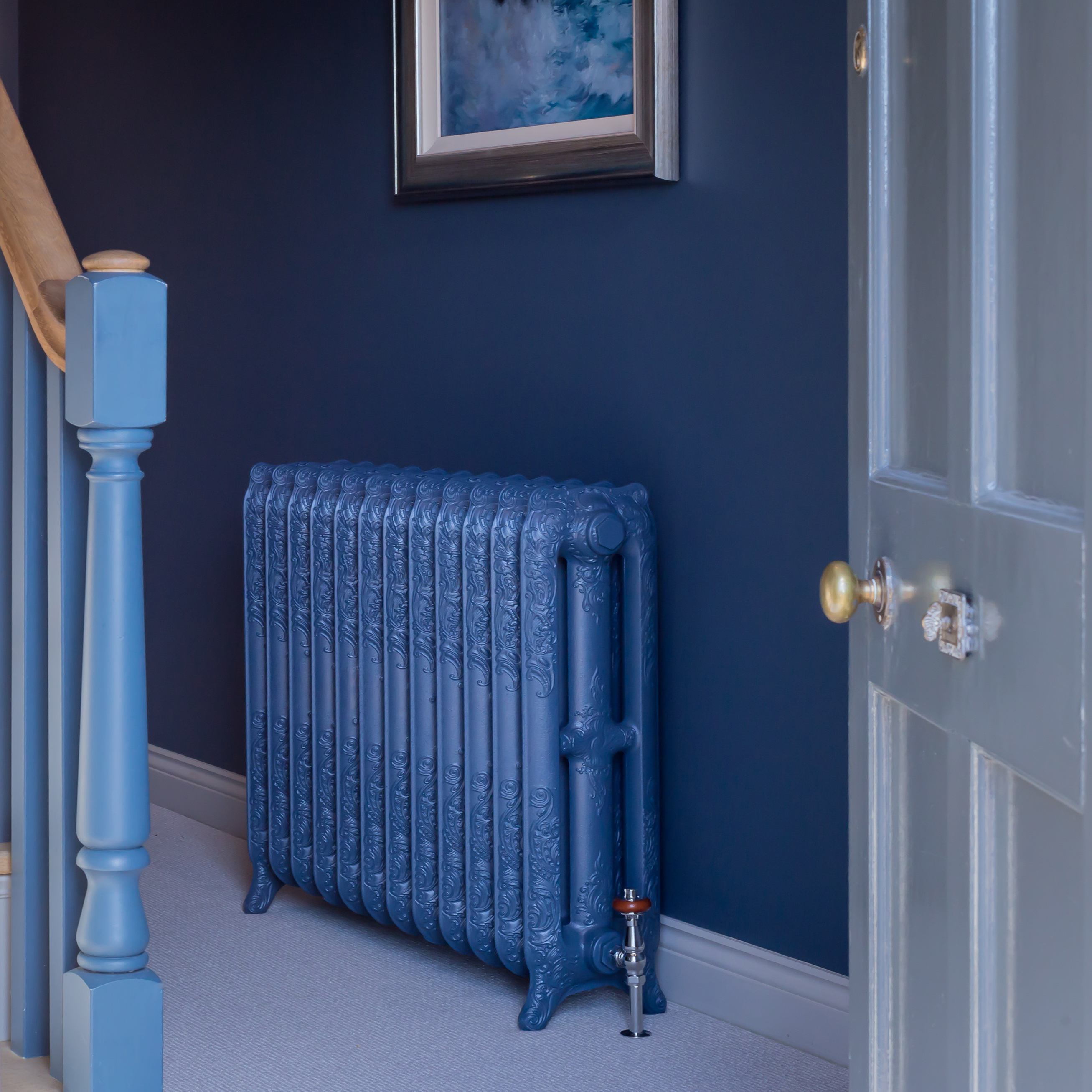
While white, grey and black are the usual choices for radiators, with a touch of mettalic thrown in, why not embrace the beauty of an ornate cast iron radiator by painting it in a standout shade that complements your room. Many companies, like Paladin radiator, will offer a bespoke painting service, but if you're seeking to give a pre-existing radiator a new lease of life make sure you choose paint that is designed for metal such as gloss, satin or eggshell and that the the radiator is switched off and allowed to cool before you get to work.
7. Vertical radiators: opt for a designer radiator and disguise it as a work of art
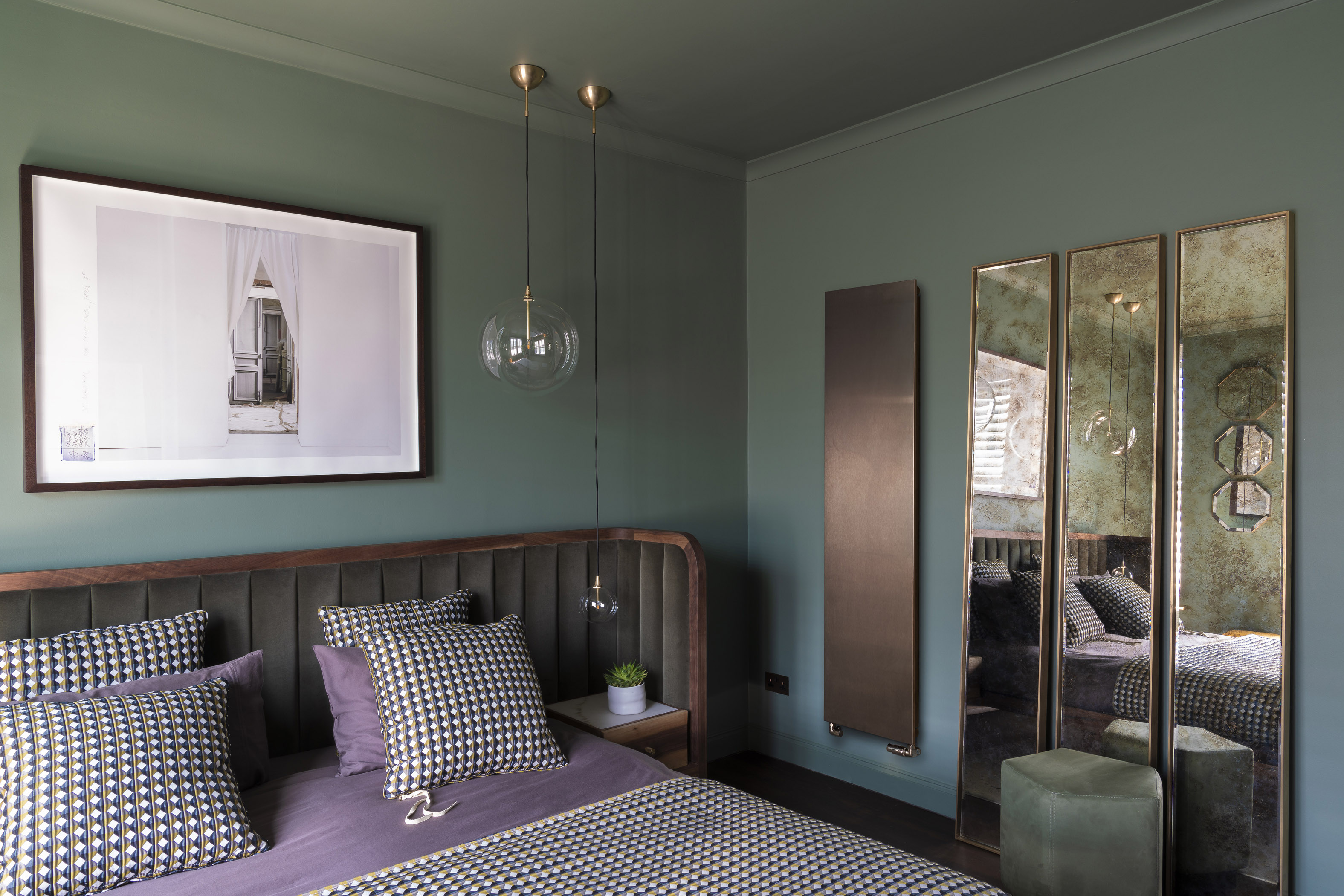
Whether you want to create a statement or allow your radiator to discreetly blend into the room, a flat design like Bisque's Arteplano radiator is a perfect choice. If painted in a flat colour the radiator can subtly merge into the walls, or the mirror finish cleverly disguises your radiator as a full-length mirror. Alternatively, if you're looking to create a statement then copper and brass finishes can be individually acid etched to create a truly unique and striking design.
8. Small radiators are perfect for small rooms
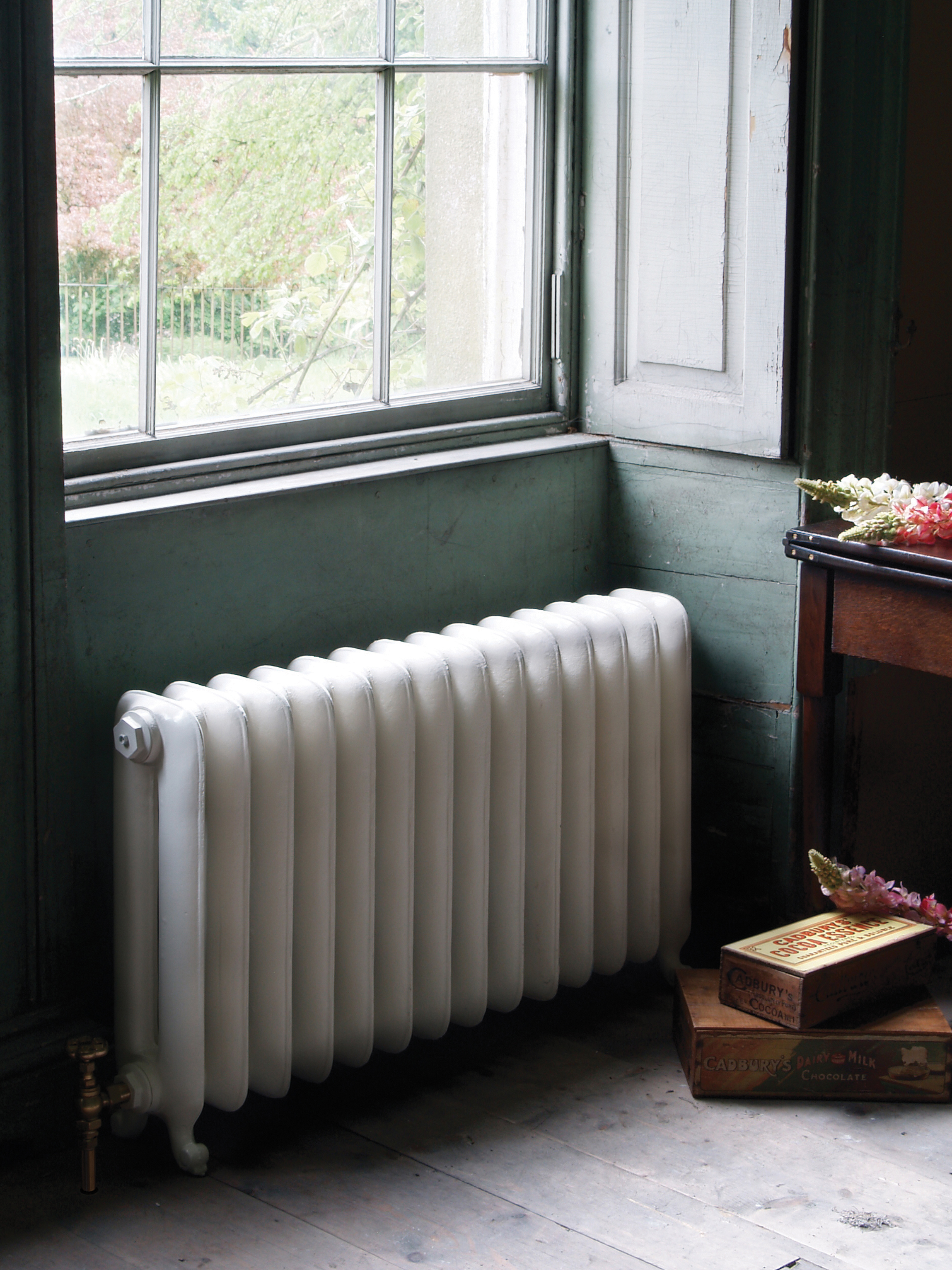
If your radiator is too large then your home will overheat; if it’s too small, you’ll be cold. Size is not only affected by the size of the space and insulation levels, but also the heat output of the individual radiator - as measured in BTUs (British Thermal Units). A heating engineer can work this out for you, but to get a rough idea you can do a simple calculation yourself using the online heat output calculator.
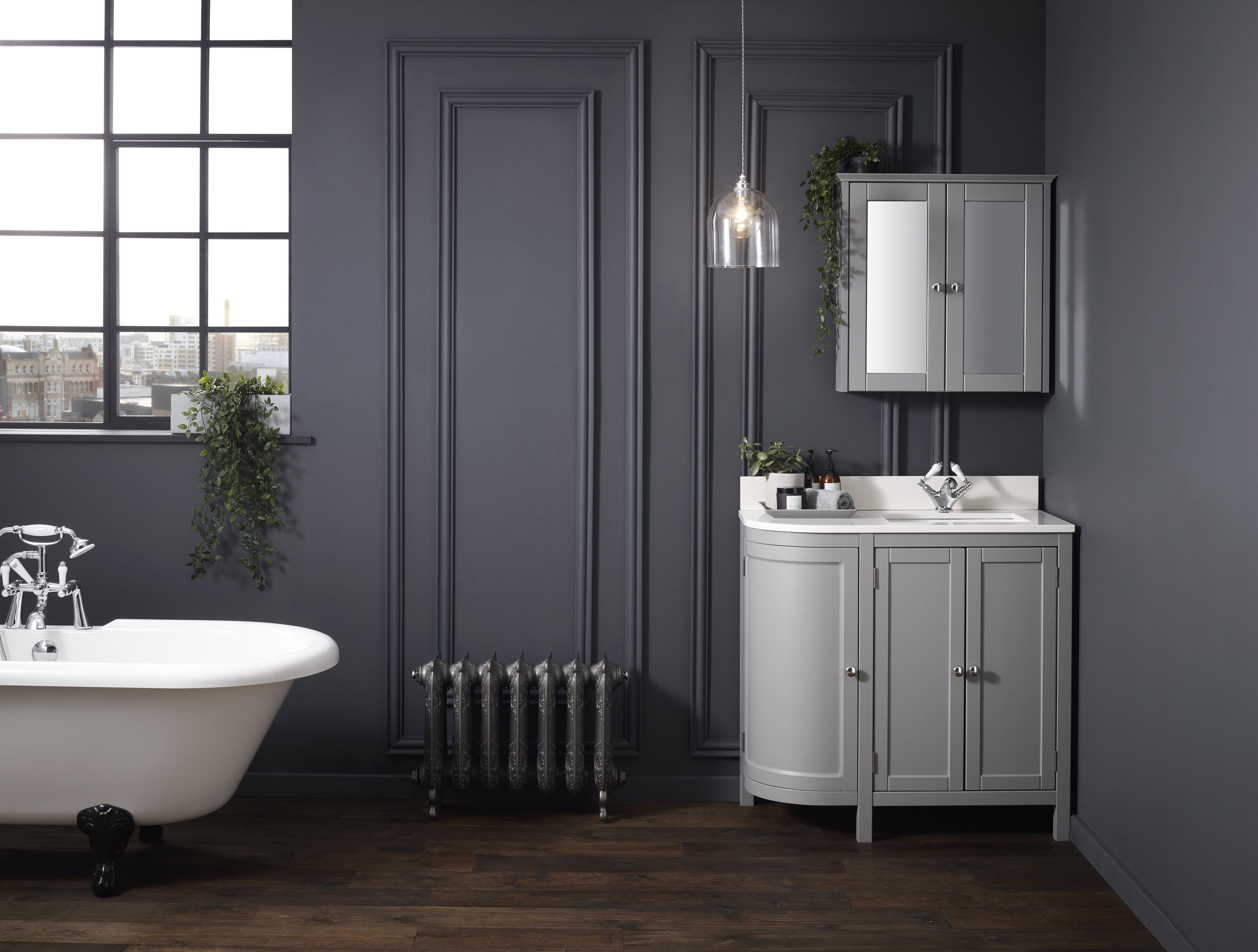
9. Incorporate your radiator into your design
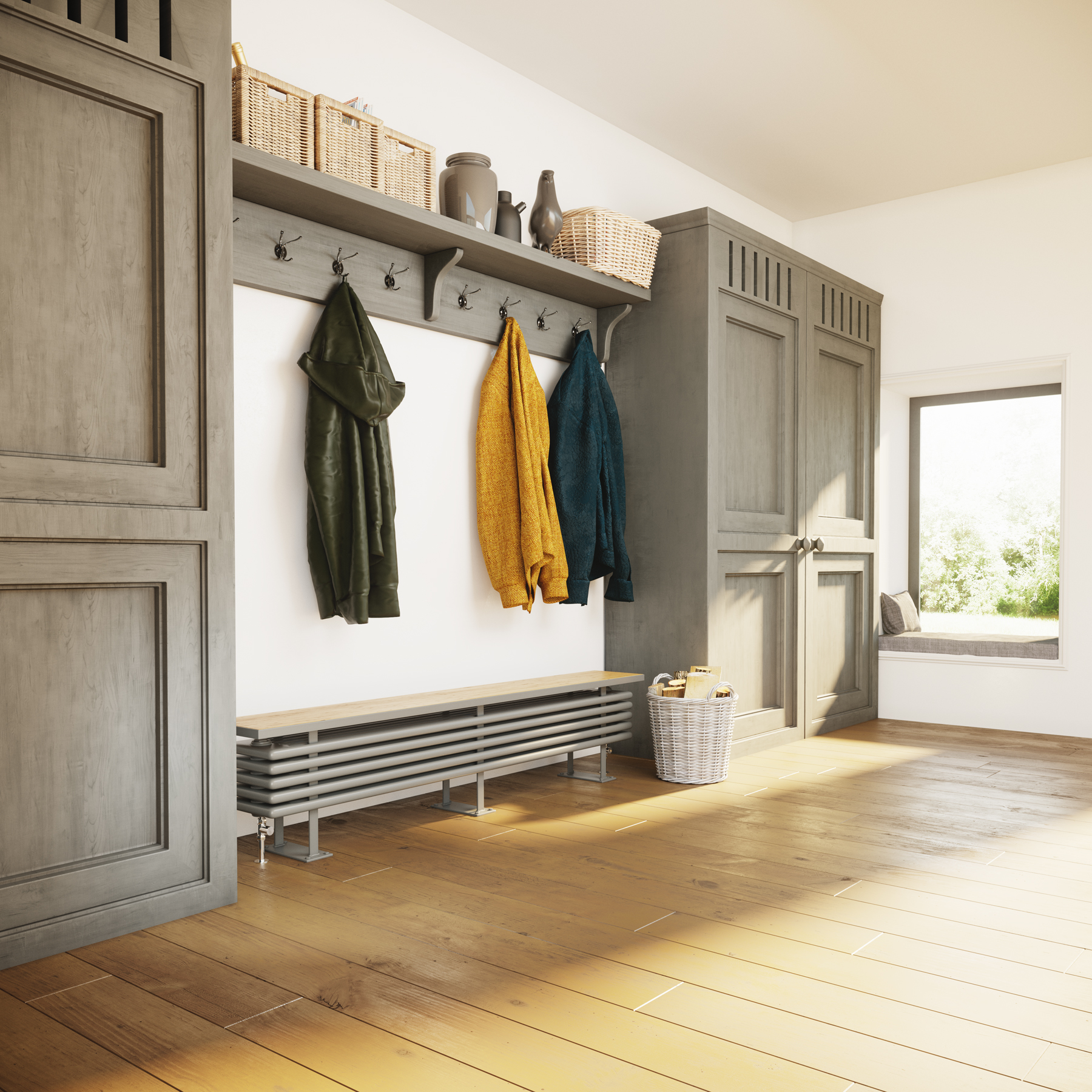
Combining the efficiency of a steel column radiator with the practicality of a seating area, DQ Heating's Bench radiator is topped with a solid oak plinth which provides comfort and practicality - the ideal spot to pull on your shoes before heading out. Pair with built in storage and hooks, it is the perfect addition to a hallway or utility.
10. Get the real deal with salvaged radiators
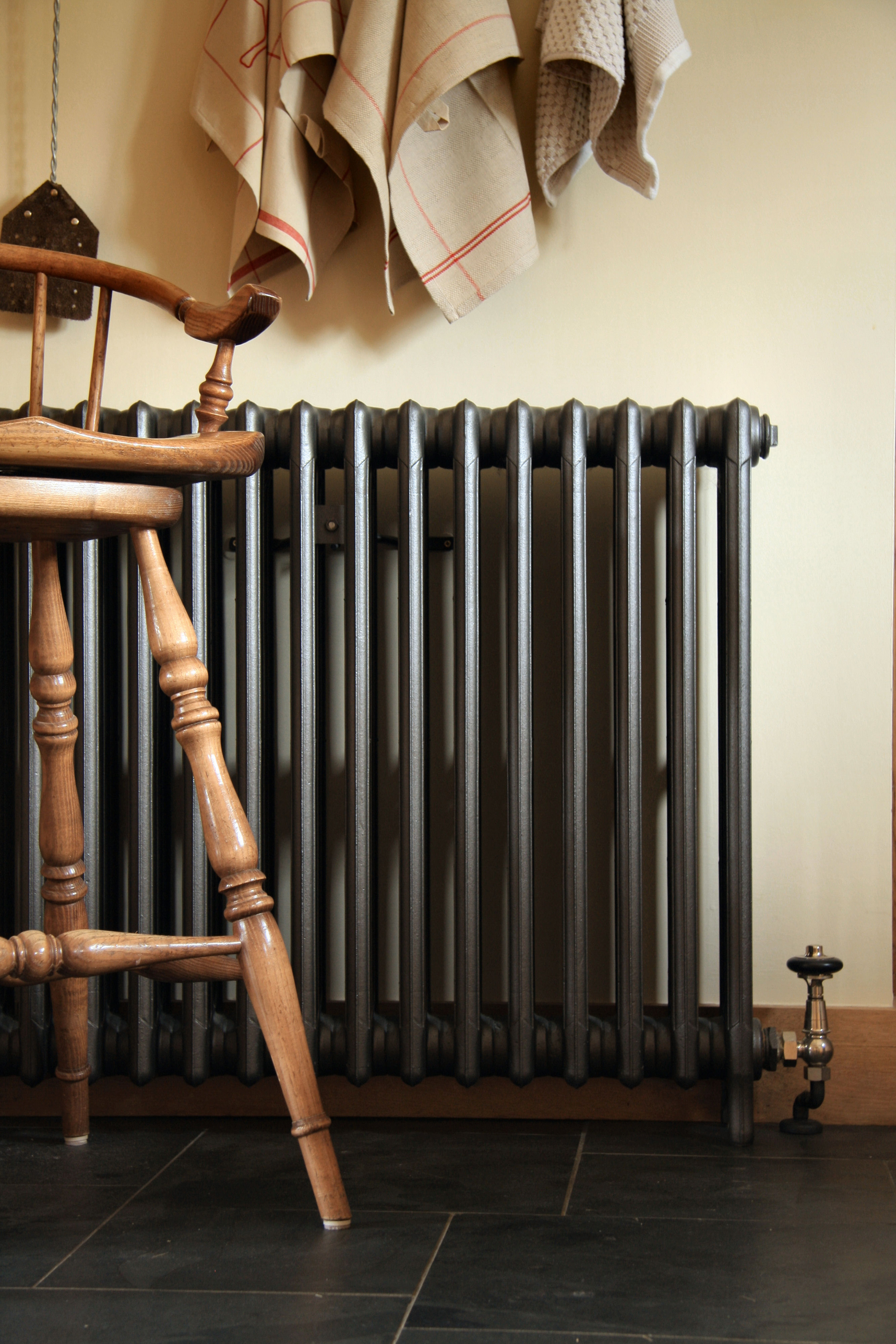
Reclaimed radiators will add an authentic touch to your home. There is a wealth of companies who specialise in restoration, ensuring radiators are not only beautiful but functional. Many companies offer ready-restored radiators, while others offer to source and renovate radiators to your specification - enabling you to have exactly what you want.

More heating inspiration:
Join our newsletter
Get small space home decor ideas, celeb inspiration, DIY tips and more, straight to your inbox!
-
 This colourful home makeover has space for kitchen discos
This colourful home makeover has space for kitchen discosWhile the front of Leila and Joe's home features dark and moody chill-out spaces, the rest is light and bright and made for socialising
By Karen Wilson Published
-
 How to paint a door and refresh your home instantly
How to paint a door and refresh your home instantlyPainting doors is easy with our expert advice. This is how to get professional results on front and internal doors.
By Claire Douglas Published
-
 DIY transforms 1930s house into dream home
DIY transforms 1930s house into dream homeWith several renovations behind them, Mary and Paul had creative expertise to draw on when it came to transforming their 1930s house
By Alison Jones Published
-
 12 easy ways to add curb appeal on a budget with DIY
12 easy ways to add curb appeal on a budget with DIYYou can give your home curb appeal at low cost. These are the DIY ways to boost its style
By Lucy Searle Published
-
 5 invaluable design learnings from a festive Edwardian house renovation
5 invaluable design learnings from a festive Edwardian house renovationIf you're renovating a period property, here are 5 design tips we've picked up from this festive Edwardian renovation
By Ellen Finch Published
-
 Real home: Glazed side extension creates the perfect garden link
Real home: Glazed side extension creates the perfect garden linkLouise Potter and husband Sean's extension has transformed their Victorian house, now a showcase for their collection of art, vintage finds and Scandinavian pieces
By Laurie Davidson Published
-
 I tried this genius wallpaper hack, and it was perfect for my commitment issues
I tried this genius wallpaper hack, and it was perfect for my commitment issuesBeware: once you try this wallpaper hack, you'll never look back.
By Brittany Romano Published
-
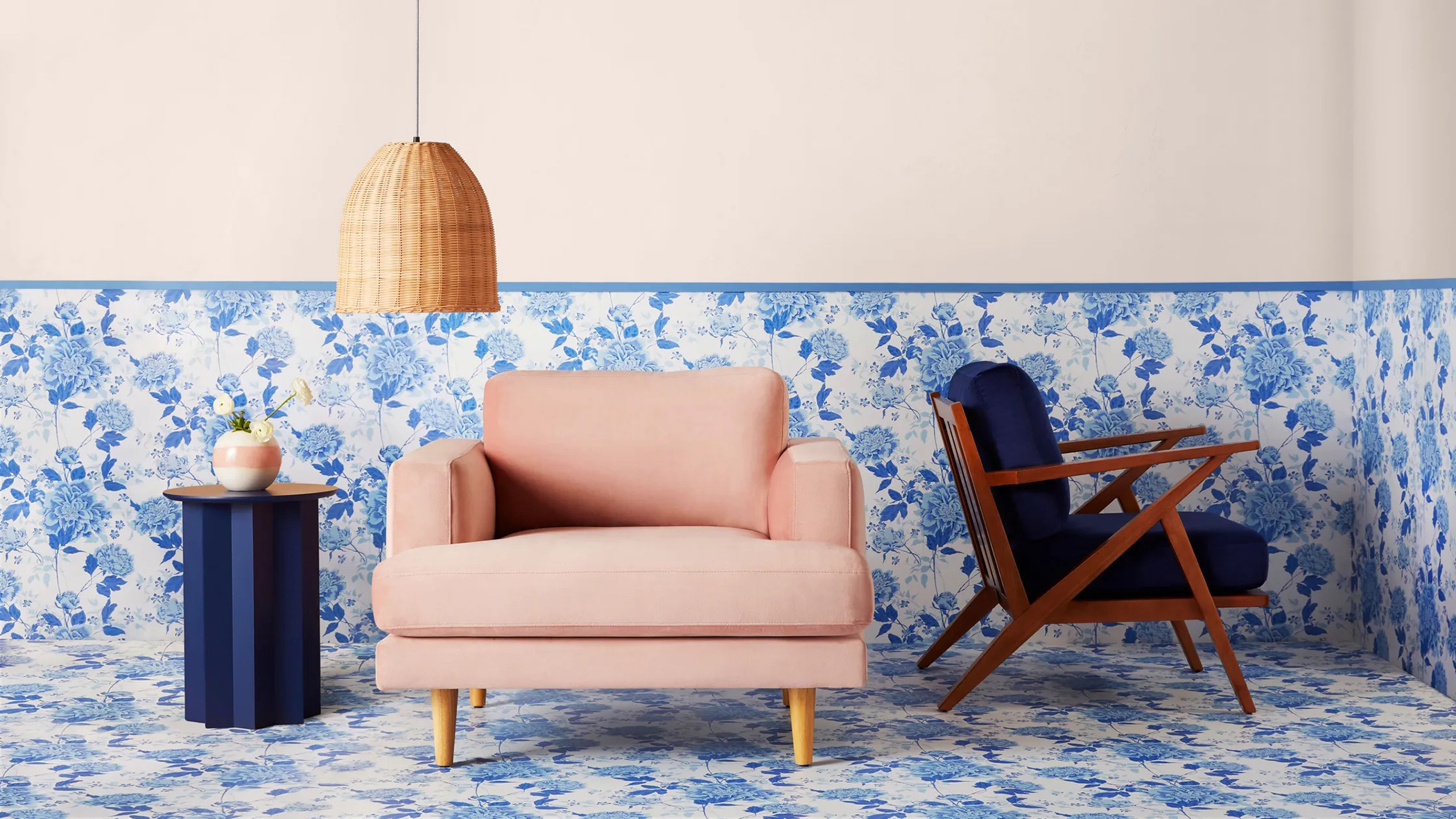 Drew Barrymore's new FLOWER Home paint collection wants to give your walls a makeover
Drew Barrymore's new FLOWER Home paint collection wants to give your walls a makeoverDrew Barrymore FLOWER drops 27 brand-new paint shades, and every can is made from 100% post-consumer recycled plastic.
By Brittany Romano Published